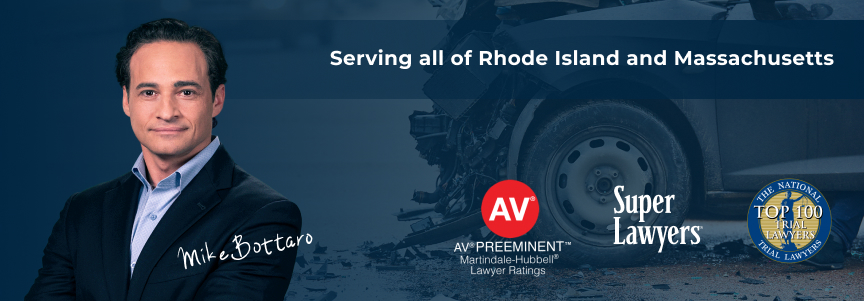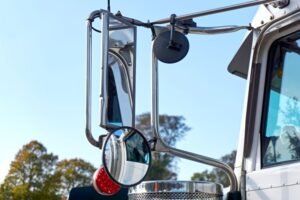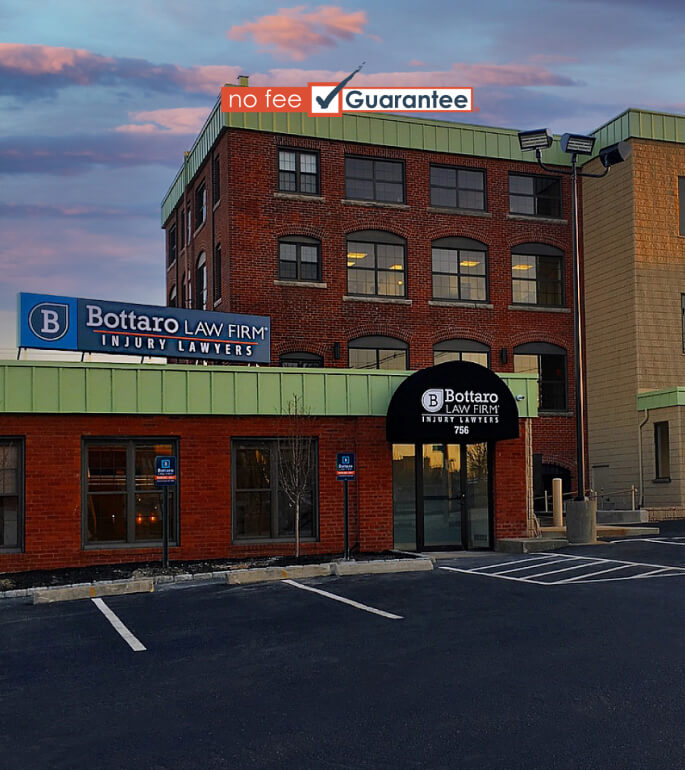
Truck Blind Spot Accident Attorney in Rhode Island
 Every vehicle has blind spots that obscure the driver’s field of vision. Bigger vehicles have bigger blind spots. The blind spots on commercial trucks are much larger than those on passenger vehicles, making it easier for careless truckers to overlook cars around them – and likelier for them to cause a crash. And when they do, victims can be left with severe injuries and serious expenses.
Every vehicle has blind spots that obscure the driver’s field of vision. Bigger vehicles have bigger blind spots. The blind spots on commercial trucks are much larger than those on passenger vehicles, making it easier for careless truckers to overlook cars around them – and likelier for them to cause a crash. And when they do, victims can be left with severe injuries and serious expenses.
Were you hurt in a Rhode Island truck crash because a truck driver failed to check their blind spots? You could be owed money for your medical bills, lost income, pain, suffering, and more. But you can’t count on the big insurance companies to pay you what you deserve without a fight. You need Mike and his team at Bottaro Law to stand up for your interests. We’re ready to fight for maximum compensation for you.
Contact Bottaro Law today for a free consultation with a truck blind spot accident lawyer in Rhode Island and find out how we can help you demand the money you deserve from the people who hurt you.
What Are Blind Spots?
Blind spots are areas around a motor vehicle that are not visible to the driver from their usual vantage point. Parts of the vehicle’s body obstruct their view of the front, side, and rear areas around the vehicle. You’re likely already aware of your car’s blind spots and know you must look over your shoulder before changing lanes or turning. If you don’t, you could collide with nearby vehicles obscured by those blind spots.
The blind spots on commercial trucks are much larger than those on your car — large enough, in fact, to block a driver’s view for dozens of feet in certain directions.
Where Are the Blind Spots Around a Truck?
Commercial truck blind spots are more expansive and cover more distance lengthwise than a car’s. There are four main blind spot areas:
- In the front – The blind spot directly in front of a truck’s cab extends for about 20 feet.
- In the rear – The rear blind spot reaches about 30 feet behind the trailer.
- On the right side – The right blind spot starts at the cab and extends diagonally back, covering two lanes of traffic.
- On the left side – The left blind spot area is immediately below and behind the driver’s window. It extends diagonally back and covers a portion of the left lane.
Backup camera wireless technology for large trucks could help improve visibility, but it is not yet widely used. Some trucking companies use side-mirror cameras, but these do not entirely eliminate the right and left side blind spots. Front-facing cameras help drivers see around corners at intersections and traffic circles, but not all trucking companies are investing in this camera technology.
Causes of Blind Spot Crashes in Rhode Island
Blind spot crashes typically happen when a driver changes lanes without verifying that it is safe. Blind spot crashes can also occur when a truck driver is:
- Accelerating around a corner
- Backing up
- Entering an intersection or traffic circle
- Merging into traffic
- Turning
Of course, many other factors can contribute to a blind spot collision, such as:
- Driving aggressively or recklessly
- Driving under the influence of drugs and alcohol
- Driving while distracted or fatigued
- Following too closely
- Making an illegal turn
Common Types of Truck Blind Spot Accidents
Some of the most common types of truck blind spot accidents are:
- Front-impact collisions – In one recent year, frontal impacts accounted for 60 percent of the fatal crashes involving large trucks. The front blind spot area can be a factor in a front-impact crash, as can slippery roads, poor lighting, and carelessness on the part of the driver.
- Rear-end accidents – The most common causes of rear-end accidents include driving too fast, driving aggressively, and failing to leave sufficient space between vehicles. Over 18% of the fatal large truck accidents that same year were rear-end accidents.
- Side-impact collisions – T-bone collisions usually occur at intersections because a driver has not appropriately yielded the right of way. Sideswipes involve a side impact between vehicles driving next to one another in adjacent lanes. Approximately 15% of the fatal large truck accidents that year were side-impact collisions.
While the FMCSA does not report truck blind spot statistics, it does compile data for critical pre-crash events. In one recent year, about 24 percent of fatal truck accidents and 31 percent of injury truck crashes were caused by a large truck’s movement or its driver’s loss of control.
Who Is at Fault for a Truck Accident Involving a Blind Spot?
Determining who is at fault for a truck accident involving a blind spot is not as straightforward as it may seem. All drivers have a duty to drive safely and obey laws. If a driver breaches their duty by breaking a vehicle and traffic law that results in an accident, and that breach is the direct cause of injuries, then the driver may be negligent. The key to proving fault involves first proving negligence.
To be entitled to compensation for your injury-related expenses and damages, you need help from the experienced Rhode Island truck blind spot accident lawyers at Bottaro Law.
Steps to Take After a Blind Spot Trucking Accident in Rhode Island
If you’ve been injured in a blind spot trucking accident in Rhode Island, taking the following actions can help strengthen your future legal case:
- Call the police so they can conduct an investigation and prepare a written report.
- Take photographs or videos of your injuries, the accident scene, vehicle damage, traffic controls, skid marks, and weather.
- See a doctor immediately and follow all recommended medical appointments.
- Write down everything you can remember about the accident.
- Don’t make any statements to insurers or accept an insurance settlement before you consult with the truck blind spot accident attorneys at Bottaro Law.
- Stay off social media, as defense lawyers can use what you post against you.
- Keep copies of all bills and records showing accident-related expenses, including lost wages or other income.
- Take daily notes about your physical pain and negative emotions.


